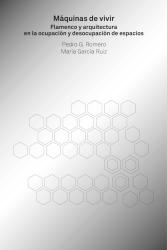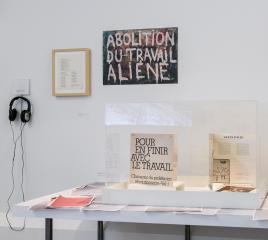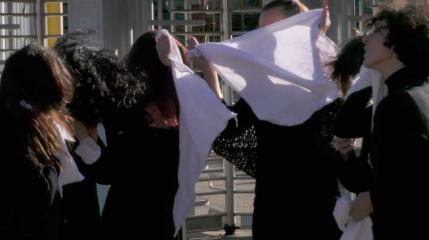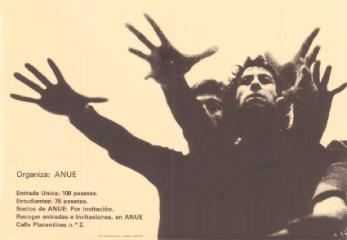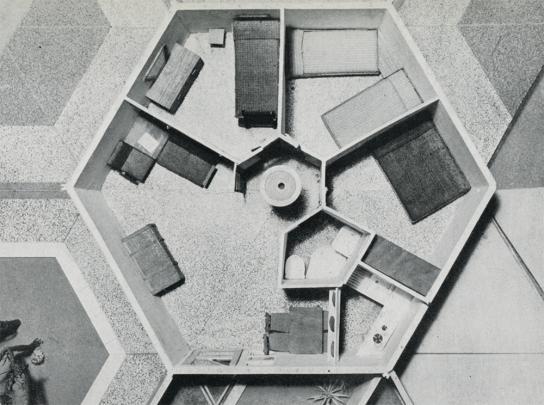El drama de una realidad sur [the drama of a southern reality]
Javiera de la Fuente, Pedro G. Romero
05.04.2018
About Oración de la Tierra, of the playwright Alfonso Jiménez, for the flamenco dancer Fernanda Romero
Theatrical conference with singing and dancing
In collaboration with El Dorado Sociedad Flamenca Barcelonesa
Thursday 5 April, 8 p.m.
Place: El Dorado SFB (Centre Cívic del Parc Sandaru, carrer de Buenaventura Muñoz, 21)
Free entrance. Limited places
The proposal is a trip to the Andalusia of the sixties and seventies—a ground breaker of ritual theatre—an era marking the beginning of the theatrical journey that still continues today. It aims to recapture a figure of flamenco, such as Fernanda Romero, and the place of women and gypsies which was free, creative, rebellious and powerful, highlighting the aesthetic and symbolic need of what was ceremonial and sacred. These were used as dramatic and political tools by theatre, which is inherent to the art of flamenco and the figure of dance represented by Fernanda. This scenic experience made a collective aware of the need to access a more authentic state of the individual and the group, a cathartic state of freedom.
Javiera de la Fuente. Sevillian school flamenco dancer, trained historian and independent researcher. Some of her works have led to hybrids, such as the theatrical conference. She has collaborated with Pedro G. Romero in the Máquinas de vivir [Machines of living] project since 2014 (in the Secession in Vienna, the Kunstverein in Stuttgart and the MACBA in Barcelona, among others). In 2017, she participated in the CICUS 21Grados cycle, performing Farruca de las afueras by Marco de Ana.
The Machines of living. Flamenco and architecture in the occupation and vacancy of spaces exhibition unravels its performative dimension with these public activities. Three updates of three case studies are presented, which form part of the environment known as Theatre Space, from which it is noted how gypsy and flamenco artists, with regard to political demands in the late Franco regime and the transition to democracy, and in the area of theatre in particular, were aware of the spatial transformations on display in the exhibition, and how the new ways of inhabiting territory required a certain deterritorialisation of the old stages.




